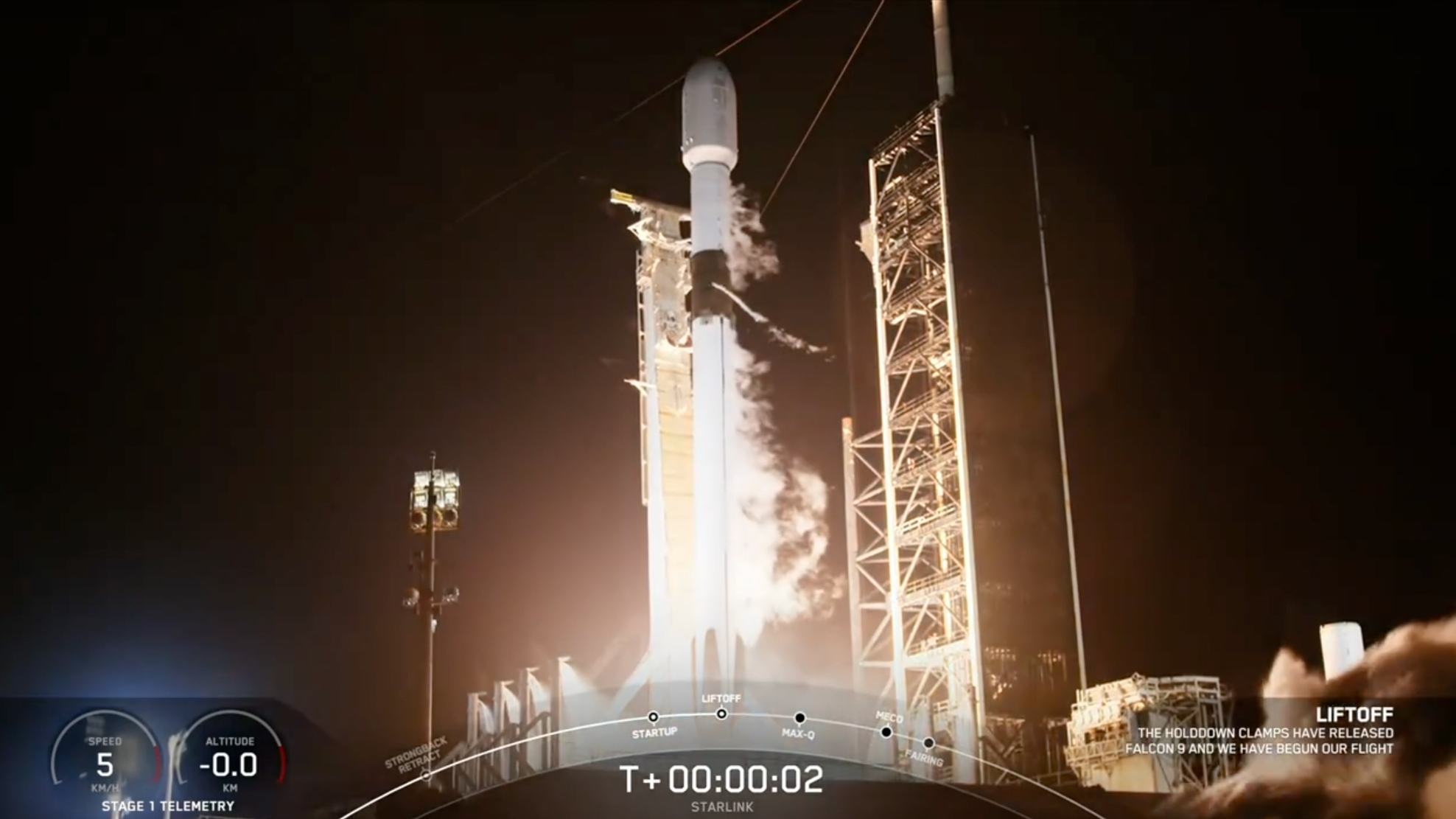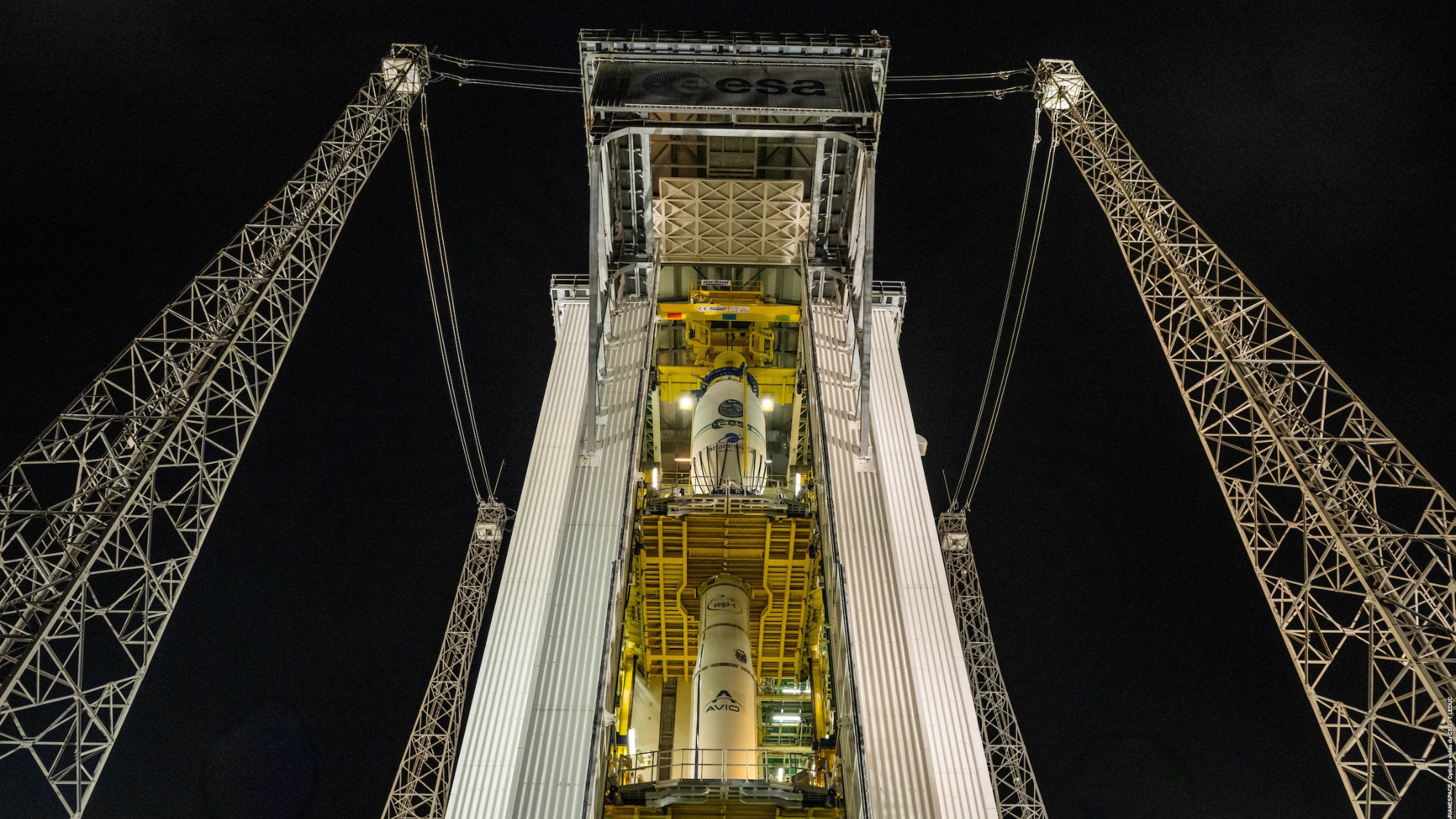Mars, Once Warm and Wet, Left Some Clues
A new theory about ancient Mars puts some fizz back in the idea that the red planet was once warm, wet and potentially habitable.
Many studies have suggested that early Mars was covered by large oceans and blanketed by a thick atmosphere rich in carbon dioxide -- the stuff that puts the bubbly zing in soda. But if that's all true, then when the oceans evaporated a lot of the carbon dioxide should have turned into what scientists call carbonates, which should be strewn all over the place.
Problem is, the carbonates aren't there. One recent study found trace amounts in Martian dust, just enough to conclude that Mars probably didn't have vast oceans.
The new model provides a way around this problem. It suggests the chemistry of Martian seas was different than has been assumed, so the clues have been missed.
If the seas of Mars were moderately acidic -- in scientific terms, a pH under 6 instead of the pH of 8 common to terrestrial oceans -- then carbonates could not have formed, says Alberto Fairen of the Universidad Autonoma de Madrid, in Spain.
Spanish Mars
Mars today holds vast stores of frozen water, at its poles and even in the ground away from the polar regions. Scientists think there used to be more, in part because of pictures that show what appear to be shorelines, river beds and tremendous gorges carved by flowing water. Ongoing chemical investigations by rovers and orbiting spacecraft have turned up evidence that there used to be standing and running water.
Get the Space.com Newsletter
Breaking space news, the latest updates on rocket launches, skywatching events and more!
Carbon dioxide dominates the atmosphere of the red planet today, yet the air is thin -- just 1 percent as dense as Earth's atmosphere. Many models show that the atmosphere would have been thicker during the first billion years on Mars, however.
Fairen and his colleagues looked at the available Mars data. But it was a river on Earth that caused the new idea to flow forth.
The Tinto River, in southwest Spain, has a mineralogy similar to the Meridiani Planum, where earlier this year NASA's Opportunity rover found strong evidence for long-gone standing water, perhaps a lake or even an ocean. Minerals such as jarosite and hematite are common to both locations, Fairen said. And the Tinto River is highly acidic.
Key to preventing carbonates from forming on both planets, according to the analysis, are certain concentrations of iron and sulfates, or salt. The study is detailed in the Sept. 23 issue of the journal Nature.
Alien oceans and ET
Fairen thinks Mars was covered by "really alien" oceans 4.5 billion years ago, shortly after the planet formed.
"These ancient oceans probably lasted for near a billion years, totally covering the northern plains of the planet," he told SPACE.com. "Their chemistry was very different from those on Earth, and this is the reason why their existence has been so disputed: they left no Earth-like sediments, such as carbonate minerals."
Iron and sulfur acidified the oceans, promoting a chemical evolution totally different to that in Earth's oceans, he said.
The oceans disappeared when a cold, dry period ensued. Some of the water likely went underground, and some was lost to space. Then about 3 billion years ago, a brief watery period left a smaller sea on the northern plains," Fairen figures. Since then, lakes might have appeared for brief periods.
The larger question scientists are trying to answer is whether Mars ever supported life. While water does not guarantee life, it is a critical element. But what about acidic water?
Importantly, the Tinto River's acidic environment supports a rich biosphere.
"Life is highly diverse in the Tinto system, allowing us to suggest comparable ancient acidic aquatic habitats hosting a putative early biosphere on Mars," Fairen and his colleagues write in the journal.
"In this scenario, the origin of life [on Mars] is a probable event," Fairen said.
Mars may have had the means to allow biology. But no one knows how life begins, and evidence for any critters on Mars -- past or present -- remains to be uncovered.
Join our Space Forums to keep talking space on the latest missions, night sky and more! And if you have a news tip, correction or comment, let us know at: community@space.com.

Rob has been producing internet content since the mid-1990s. He was a writer, editor and Director of Site Operations at Space.com starting in 1999. He served as Managing Editor of LiveScience since its launch in 2004. He then oversaw news operations for the Space.com's then-parent company TechMediaNetwork's growing suite of technology, science and business news sites. Prior to joining the company, Rob was an editor at The Star-Ledger in New Jersey. He has a journalism degree from Humboldt State University in California, is an author and also writes for Medium.









